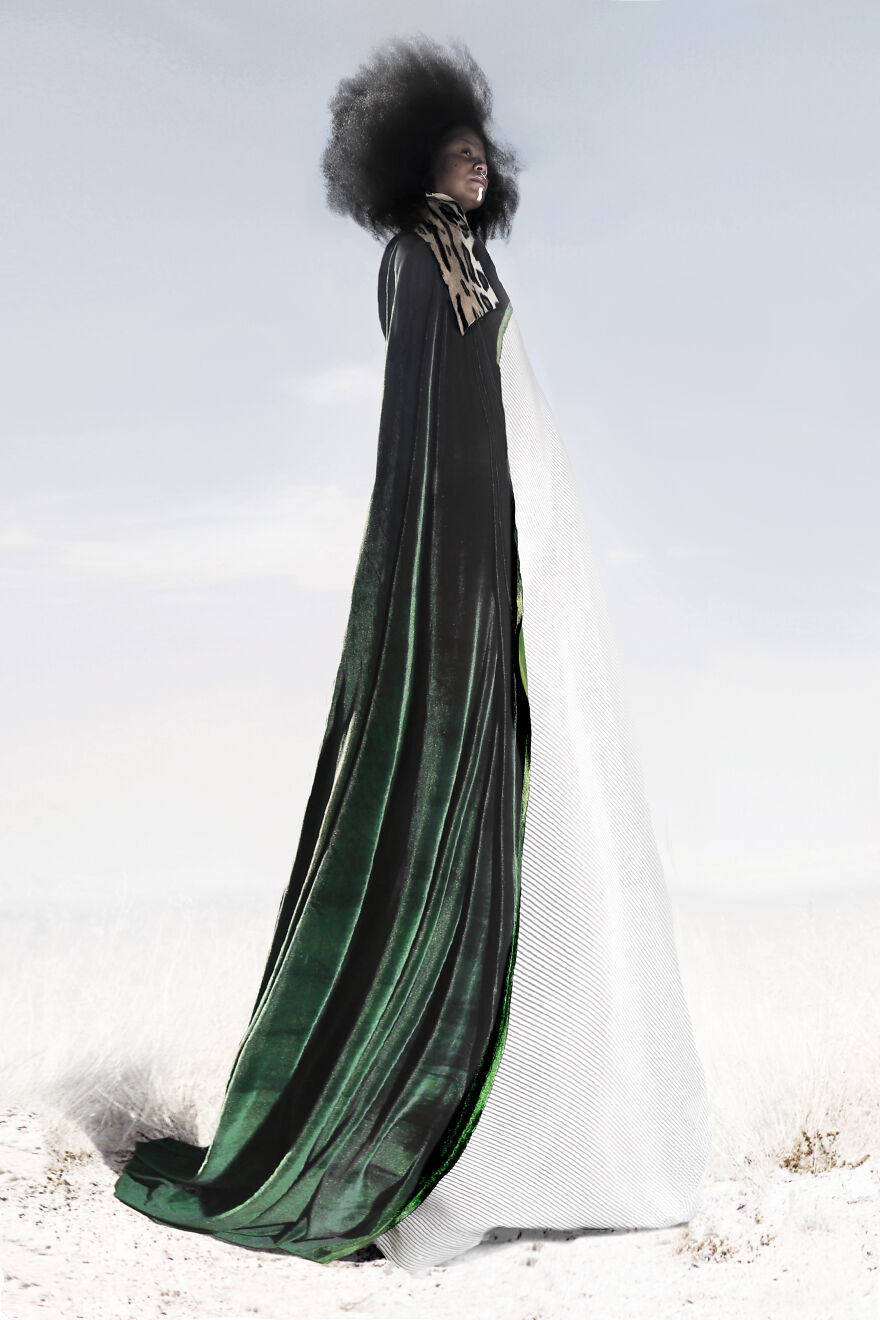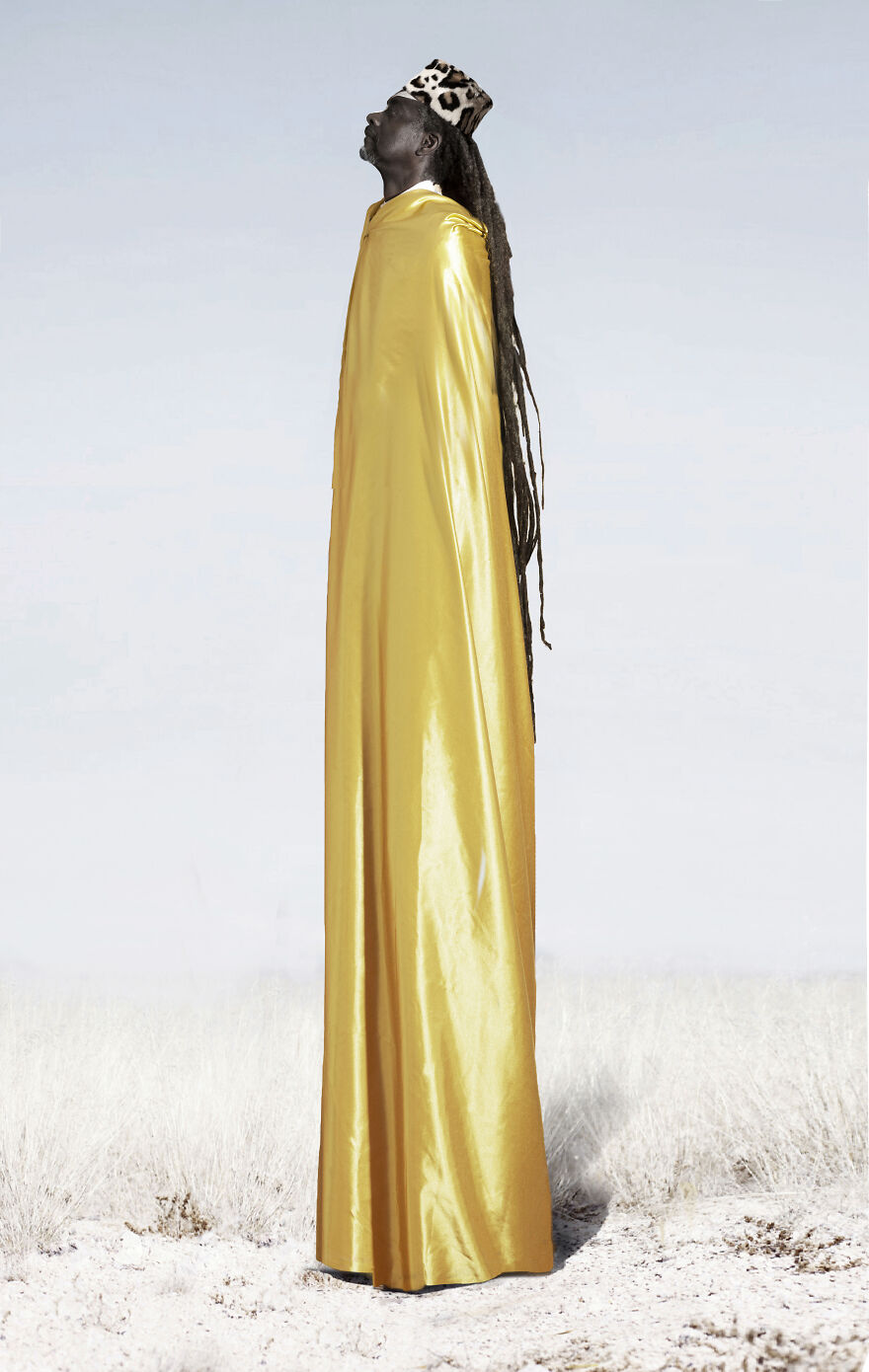When in 2000, the paleontologist Paul Sereno went to look for new dinosaur bones in the Sahara Desert, he did not expect to return from there as an archaeologist. Arriving in the northeast of Niger, Sereno and his colleagues day after day sifted through the sand of Tener, one of the most inhospitable deserts in the world, which even the nomadic inhabitants of the Sahara called “desert in the desert”.
There were practically no finds. In the evening on the last day of the excavation, the scientists were about to leave, and most of them went to the camp, but Sereno still insisted that his team get to a distant hill, promising the employees that the expedition was on this hill. Sereno fulfilled his promise, but the end of that expedition was the beginning of great new work: on the way to the hill, scientists found a whole Stone Age cemetery.
More info: alicedekruijs.com
This post may include affiliate links.
Sahara Giants
Human bones, perfectly preserved in African sand, stick out directly from the ground, and the paleontologist-archaeologist noticed from the car, approaching the cemetery. For the first time in 2003, scientists returned to Niger, in the Gobero region, and over the past five years, they found about 200 Stone Age graves. It is the results of the study of these 67 burials and the numerous bones and artifacts found both in these graves and in their environs.
As it turned out, the bones of people belonging to two cultures at once lie in Gobero.
The first, about 10 thousand years ago, came here as tribes of strong people, hunters, and fishers, which scientists attributed to the Kiffin culture. Just two millennia earlier, the last ice age ended, the Earth entered the Holocene, and the Sahara, which has remained a dry desert for many thousands of years, was filled with water and life. There was a small lake in Gobero, which, according to archaeologists, attracted people. At the bottom of the lake, there were many shells of bivalve mollusks, which people of the Stone Age ate, and in its waters, up to 8 meters deep, there were turtles and fish, including relatives of the giant Nile perch, whose length reached 1.5–2 meters.
Sahara Giants
Sahara Giants
Sahara Giants
Sahara Giants
Sahara Giants
Sahara Giants
Sahara Giants
Sahara Giants
The pictures have absolutely nothing to do with the text- and vica versa.
Nothing to compare size. They may be giants or could be just thin anybodies. It's a shame too as these really are giants. I have read and studied the phenomenon of giants for years. What I don't understand is how the Smithsonian has lied about them for years even though they have asked for these very same giant bones whenever they were found.
The pictures have absolutely nothing to do with the text- and vica versa.
Nothing to compare size. They may be giants or could be just thin anybodies. It's a shame too as these really are giants. I have read and studied the phenomenon of giants for years. What I don't understand is how the Smithsonian has lied about them for years even though they have asked for these very same giant bones whenever they were found.

 Dark Mode
Dark Mode 

 No fees, cancel anytime
No fees, cancel anytime 

















































